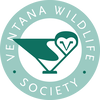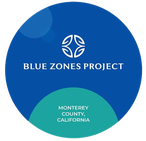Condor Threats
Through support from donors, our conservation work helps guide future recovery efforts by actively combatting the most pressing threats to condor recovery. Ventana Wildlife Society not only rescues and cares for condors, but also works towards preventative solutions for condor recovery so that one day condors can fly free without human intervention.








